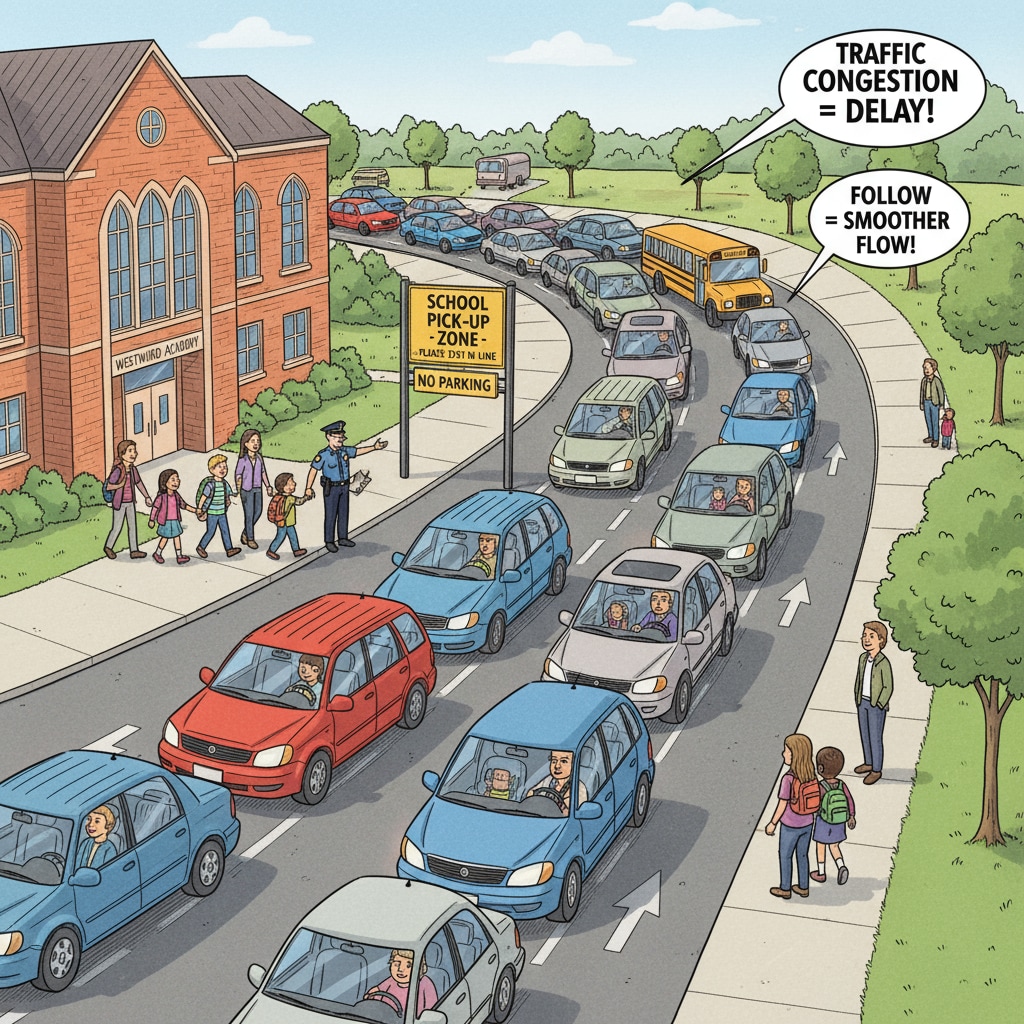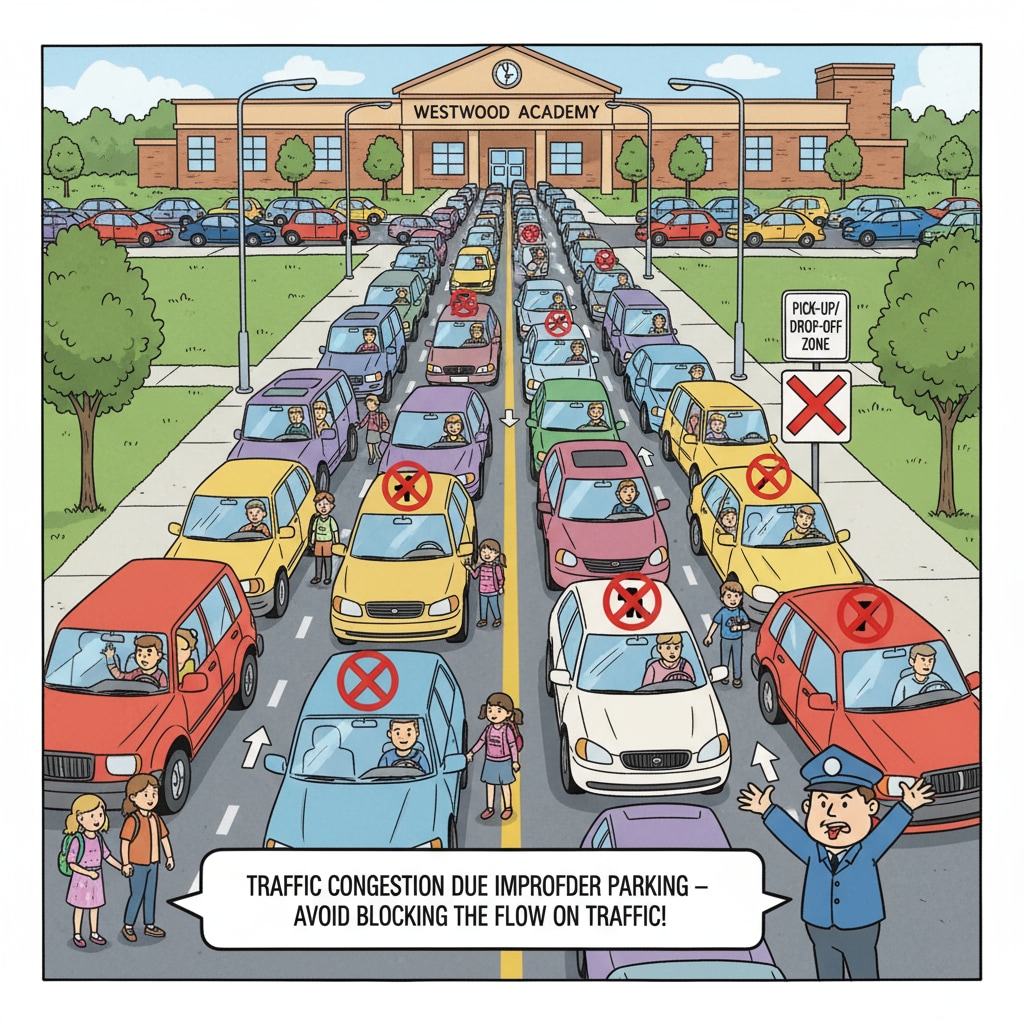The issues of school drop-off and pick-up, traffic congestion, and the school bus system have long plagued small town schools. The traffic chaos during school arrival and dismissal times not only endangers the safety of students but also wastes parents’ valuable time and disrupts the normal order of the community. Understanding the root causes and exploring effective solutions is crucial.

The Root Causes of Traffic Congestion around Small Town Schools
One of the main reasons is the lack of proper traffic planning. Many small town schools were built without considering the large influx of vehicles during peak school hours. As a result, the roads around the schools are narrow and unable to accommodate the sudden increase in traffic volume. For example, in some old town areas, the streets were designed for pedestrians and a small number of bicycles, not for the large number of cars that now come to pick up and drop off students.
In addition, the behavior of parents also contributes to the congestion. Some parents park their cars randomly, double-park, or stop in no-parking zones, blocking the flow of traffic. They may be in a hurry to pick up their children but end up creating more chaos. Moreover, the lack of a well-developed school bus system means that more parents have to drive their children to and from school, adding to the traffic burden.

Improving Traffic Planning
To address this issue, local governments and schools should collaborate on better traffic planning. This includes widening the roads around schools, creating dedicated drop-off and pick-up lanes, and setting up clear traffic signs and markings. For instance, some schools have successfully implemented a one-way traffic system during school arrival and dismissal times, which significantly improves traffic flow. By guiding vehicles to move in an orderly manner, the congestion can be effectively reduced.
Furthermore, building more parking lots near schools can provide a designated area for parents to park their cars. This not only helps to keep the roads clear but also makes it more convenient for parents. In addition, promoting the use of public transportation by providing shuttle buses or coordinating with local bus routes can encourage more parents to choose public transportation instead of driving their own cars. Traffic engineering principles can be applied to optimize the traffic layout around schools.
Strengthening the School Bus System
Developing a comprehensive school bus system is an effective solution. Schools can increase the number of school buses and optimize the bus routes to cover more areas. This will attract more parents to send their children to school by bus. For example, some schools have introduced a reservation system for school buses, allowing parents to book seats in advance, which helps to better organize the use of school buses.
Moreover, improving the safety and comfort of school buses is essential. Ensuring that school buses are equipped with safety features such as seat belts, GPS tracking systems, and emergency exits can give parents more confidence in sending their children on school buses. Regular maintenance and driver training are also necessary to ensure the safe operation of school buses. School bus technology and safety play a vital role in promoting the use of school buses.
In conclusion, solving the traffic congestion problem in small town school pick-up and drop-off areas requires a comprehensive approach that combines traffic planning, school bus system improvement, and community participation. By implementing these measures, we can create a safer, more efficient traffic environment for students, parents, and the entire community. With a better traffic situation, students can focus on their studies, and parents can go about their daily lives without the worry of traffic jams around schools.
Readability guidance: This article uses short paragraphs to present clear ideas. Each H2 section provides a list of solutions. The passive语态 is kept to a minimum, and transition words like “however”, “therefore”, “in addition”, and “for example” are used to enhance the flow of the article.


